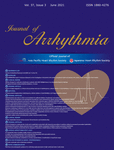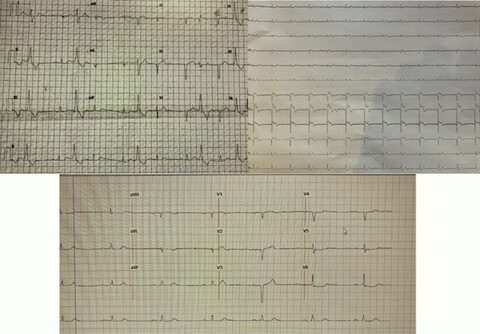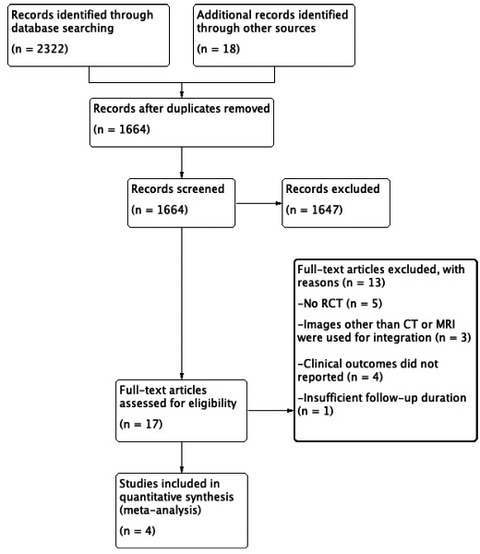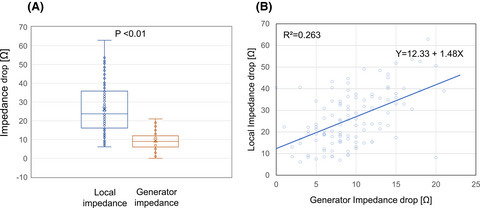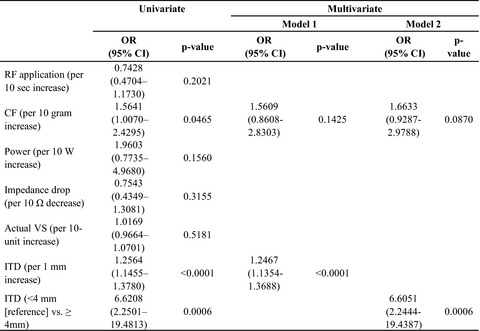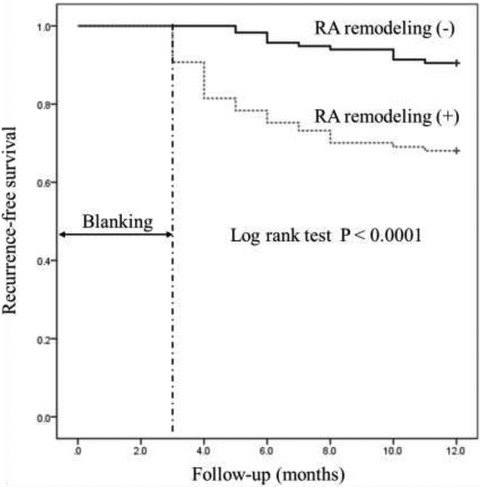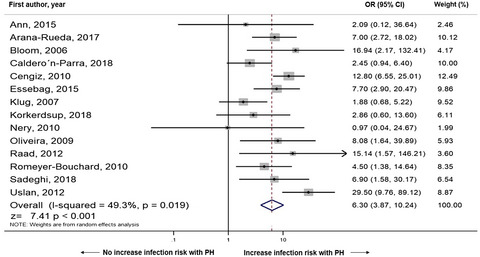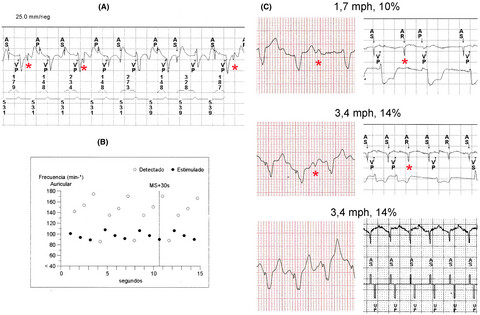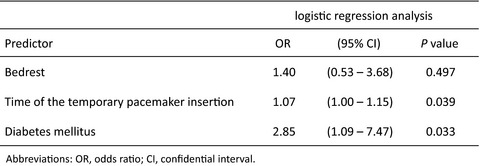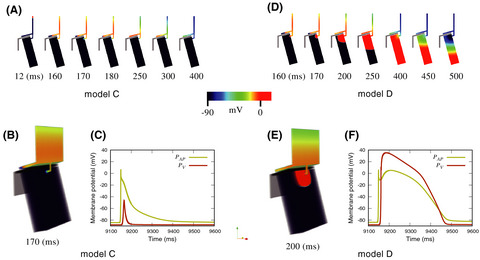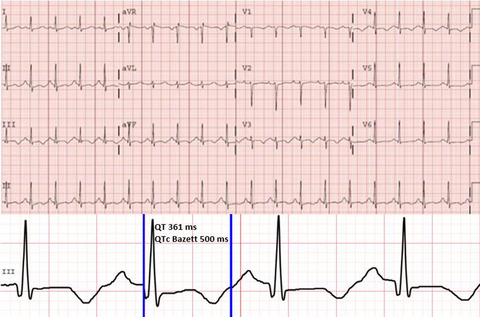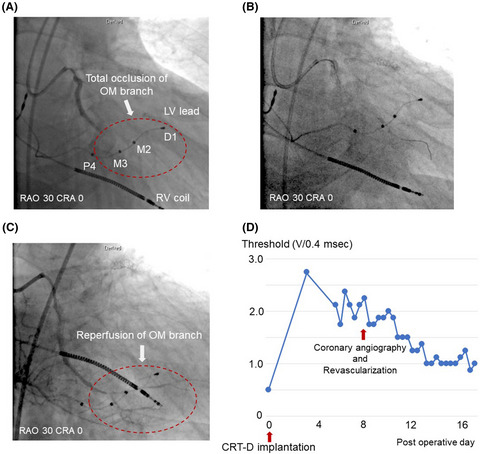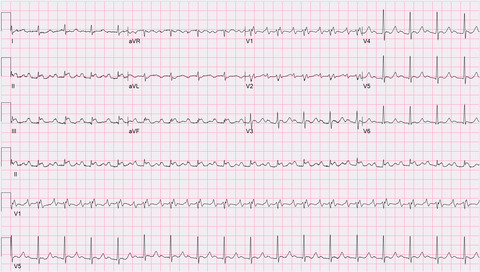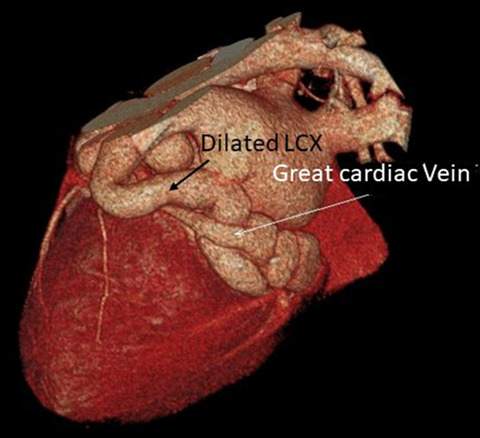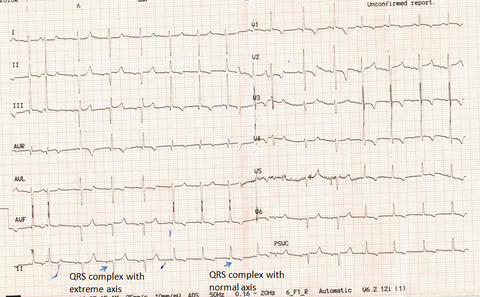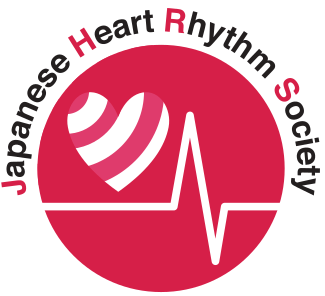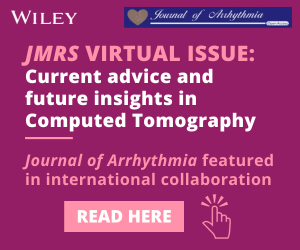Journal list menu
Export Citations
Download PDFs
ISSUE INFORMATION
REVIEWER'S LIST
Journal of Arrhythmia Reviewers List (2020 Jan 1 to Dec 31)
- Pages: 475-480
- First Published: 16 June 2021
GUIDELINE
2020 APHRS/HRS expert consensus statement on the investigation of decedents with sudden unexplained death and patients with sudden cardiac arrest, and of their families
- Pages: 481-534
- First Published: 19 October 2020
CLINICAL REVIEWS
Ablation therapy for ventricular arrhythmias in patients with LVAD: Multiple faces of an electrophysiological challenge
- Pages: 535-543
- First Published: 05 May 2021
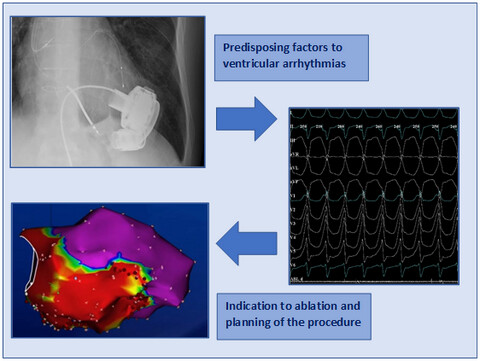
Ventricular arrythmias have a significant prognostic impact in patients with LVAD. Catheter ablation in patients with LVAD is a feasible option when first line therapy fails. Mapping can be challenging due to mechanical and electromagnetic limitations. Complications can be reduced through a careful pre-procedural planning.
ST-segment elevation during arrhythmia ablations—A review
- Pages: 544-549
- First Published: 17 March 2021
ORIGINAL ARTICLE
Impact of image integration on clinical and procedural outcomes of radiofrequency catheter ablation of atrial fibrillation: A meta-analysis of randomized controlled trials
- Pages: 550-555
- First Published: 26 January 2021
EDITORIAL
Is preprocedural imaging before radiofrequency catheter ablation of atrial fibrillation and image integration useless?
- Pages: 556-557
- First Published: 04 May 2021
ORIGINAL ARTICLES
Optimized lesion size index (o-LSI): A novel predictor for sufficient ablation of pulmonary vein isolation
- Pages: 558-565
- First Published: 07 April 2021
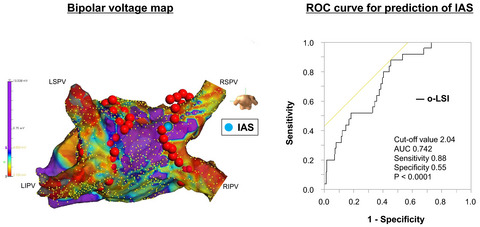
To achieve first-pass pulmonary vein isolation (PVI) and to avoid the acute pulmonary vein reconnections is sometimes difficult even with the lesion size index (LSI)-guided radiofrequency ablation. We focused on the relationship between the optimized -LSI (o-LSI) (LSI/bipolar voltage within the PV-encircling lines, which were defined by the Advisor™ HD Grid catheter) and the sufficient ablation sites and found that was strongly associated with acute PV reconnection. The o-LSI may potentially be novel strategies for durable PVI.
Change in the local impedance and electrograms recorded by a micro-electrode tip catheter during initial atrial fibrillation ablation
- Pages: 566-573
- First Published: 07 April 2021
Characterizing clinical outcomes and factors associated with conduction gaps in VISITAG SURPOINT-guided catheter ablation for atrial fibrillation
- Pages: 574-583
- First Published: 07 May 2021
Incidence, electrophysiological characteristics, and long-term follow-up of perimitral atrial flutter in patients with previously confirmed mitral isthmus block
- Pages: 584-596
- First Published: 12 May 2021
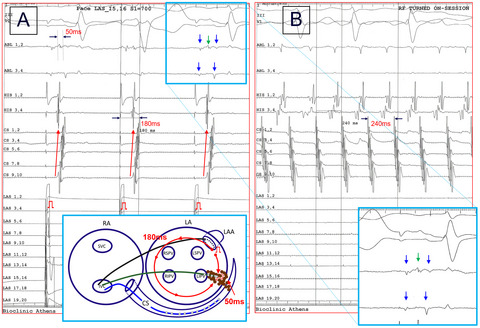
This is a retrospective clinical study comprising 72 patients who underwent mitral isthmus (MI) ablation either as part of an atrial fibrillation ablation strategy, or to treat reentrant AT. The MI block was acutely achieved in 69/72 patients. However, five patients, despite showing MI block based on conventional pacing maneuvers, developed perimitral atrial flutter through a gap in previous ablation lesions with extremely low impulse conduction velocity as shown by high density mapping.
Impact of right atrial structural remodeling on recurrence after ablation for atrial fibrillation
- Pages: 597-606
- First Published: 06 May 2021
Impact of bisoprolol transdermal patch on early recurrence during the blanking period after atrial fibrillation ablation
- Pages: 607-615
- First Published: 04 May 2021
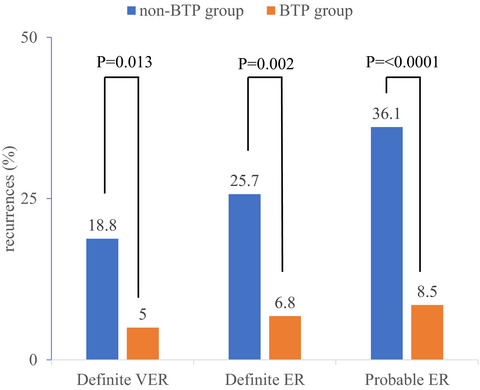
The patients who were administered bisoprolol transdermal patches (BTPs) immediately after atrial fibrillation (AF) ablation showed significant reductions in the incidence of early recurrence of atrial arrhythmias (ERAAs) compared with the patients who were not administered BTPs. The efficacy of BTPs at preventing ERAAs was confirmed not only immediately after ablation, but also during the short period after AF ablation.
Electronic monitoring of adherence to once-daily and twice-daily direct oral anticoagulants in patients with atrial fibrillation: Baseline data from the SMAAP-AF trial
- Pages: 616-625
- First Published: 30 March 2021
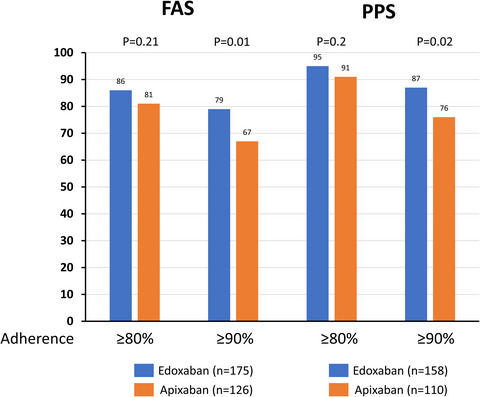
Electronic monitoring demonstrated that the proportions of NVAF patients with ≥80% adherence did not differ between those taking DOACs once or twice daily in either the full analysis set (FAS) or per-protocol set (PSS). However, the group taking apixaban twice daily had a lower proportion of patients with ≥90% adherence than the group taking edoxaban once daily.
Efficacy and safety of the second-generation cryoballoon ablation for the treatment of persistent atrial fibrillation in elderly patients
- Pages: 626-634
- First Published: 26 March 2021
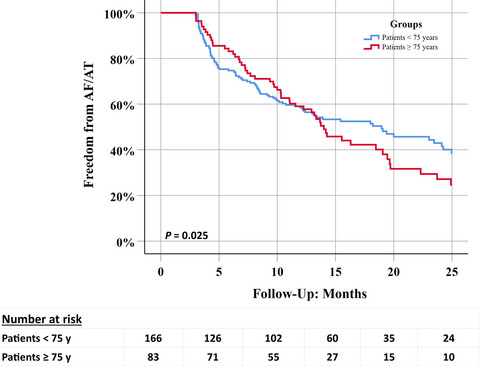
The mid-term success rate of pulmonary vein isolation by means of second-generation cryoballoon in persistent atrial fibrillation is significantly lower in older patients (>75 years) compared with the younger cohort. There is no difference in the complication rate of pulmonary vein isolation by means of second-generation cryoballoon of between younger and older patients.
Postimplantation pocket hematoma increases risk of cardiac implantable electronic device infection: A meta-analysis
- Pages: 635-644
- First Published: 13 March 2021
Predictors of lead break during transvenous lead extraction
- Pages: 645-652
- First Published: 15 March 2021
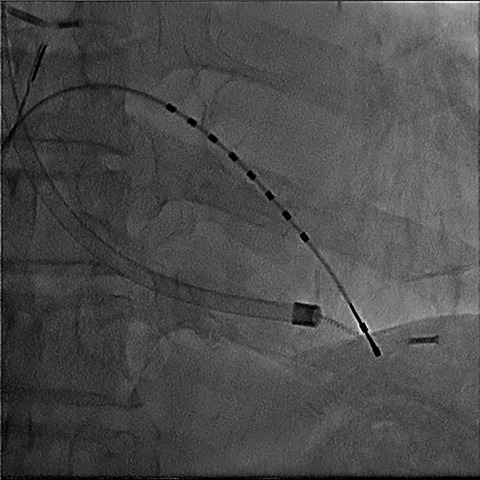
The extraction of cardiac implantable electronic device leads due to infections, malfunctions, and recalls is common, and can lead to complications such as lead break resulting in incomplete lead removal and cardiac tamponade. We found that older lead age, co-radial leads, passive leads, and non-polyurethane leads were independent predictors of lead break during extraction. These findings will guide clinicians to make appropriate choices of procedure and take greater care when these risk factors are present.
Long-term cardiac reverse remodeling after cardiac resynchronization therapy
- Pages: 653-659
- First Published: 21 March 2021
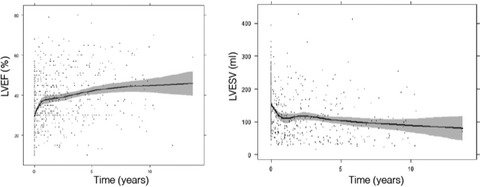
It is a real-world registry to evaluate the long-term effect of CRT on LV reverse remodeling assessed by repeat LV structural and functional measurements. Left ventricular reverse remodeling is maintained after the first year of CRT implantation throughout the entire follow-up in a real-world registry. Repeat measurements of LVEF improve the risk of individual mortality after adjusting by age and sex during long-term follow-up compared with a only measurement of LVEF after CRT.
CLINICAL REVIEW
Cardiac implantable devices during exercise: Normal function and troubleshooting
- Pages: 660-668
- First Published: 22 March 2021
ORIGINAL ARTICLES
Impact of bedrest on cardiovascular events and complications associated with temporary pacemakers in patients waiting for permanent pacemaker implantation
- Pages: 669-675
- First Published: 30 March 2021
Individualized left anterior oblique projection based on pigtail catheter visualization facilitates leadless pacemaker implantation
- Pages: 676-682
- First Published: 05 May 2021
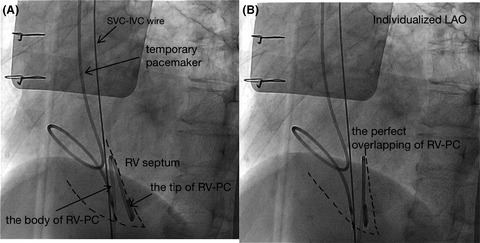
In our study, we used a pigtail catheter to orient radiographic angle during leadless pacemaker implantation such that the interventricular septum would be on edge in the LAO projection. Employing this angle made it very easy for even our cardiology fellows in training to implant leadless pacemakers at the optimal site on the septum. To the best of our knowledge, this is the first time a right ventricular pigtail catheter has ever been used in this manner, and we feel that both physicians and patients would benefit from this simple maneuver, which we found to be safe and effective.
High accessory pathway conductivity blocks antegrade conduction in Wolff-Parkinson-White syndrome: A simulation study
- Pages: 683-689
- First Published: 24 March 2021
CARDIAC ARRHYTHMIA SPOT LIGHT
An unexpected cause of sudden cardiac arrest in a young swimmer
- Pages: 690-692
- First Published: 27 March 2021
A sudden rise in pacing threshold of left ventricular lead associated with myocardial ischemia
- Pages: 693-695
- First Published: 03 April 2021
Atrial flutter mimicking ST-elevation myocardial infarction
- Pages: 696-697
- First Published: 06 May 2021
Exercise-induced ventricular arrhythmia in coronary cameral fistula: A manifestation of reperfusion injury
- Pages: 698-700
- First Published: 06 May 2021
ECG FOR STUDENTS & ASSOC. PROFESSIONALS
Dual atrio ventricular node in heterotaxy syndrome
- Pages: 701-702
- First Published: 08 April 2021
RAPID COMMUNICATION
Real-time echocardiographic guidance for confirming septal placement of right ventricular leads: A pilot study
- Pages: 703-708
- First Published: 06 May 2021




